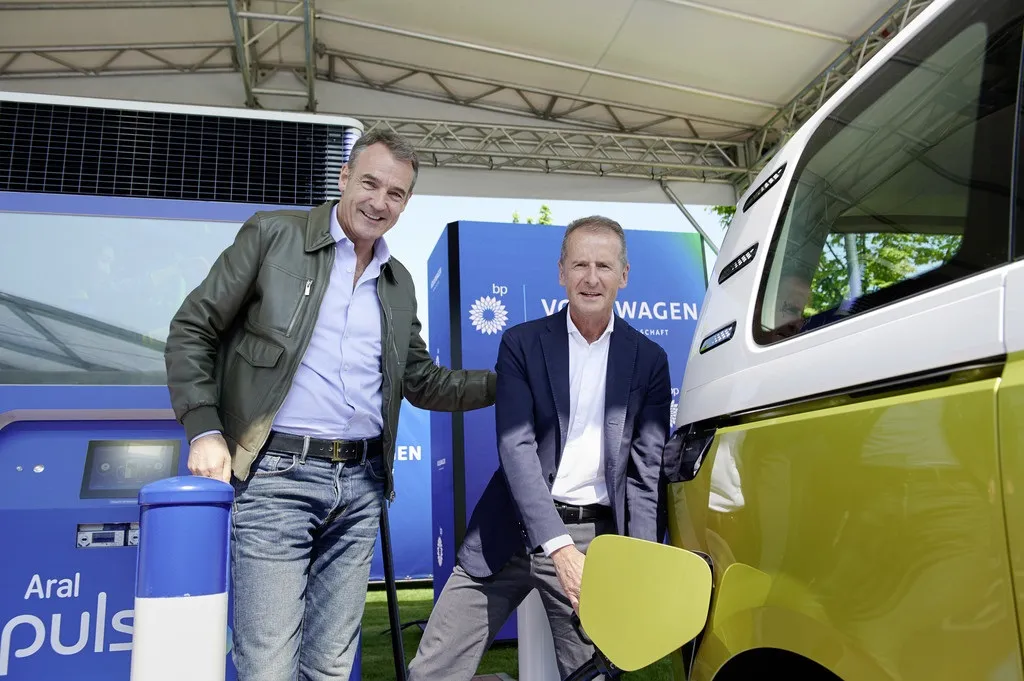According to a new report from
The report provides data and forecasts for LD PEV sales in North America, including US states, MSAs and utility service territories and Canadian provinces and cities. The study estimates the number of vehicles that are expected to be in use in specific geographic locations and assesses the potential impacts of anticipated PEV penetration in the most active PEV markets. Market forecasts for LD PEV sales and vehicles in use, segmented by scenario and geographic area, extend through 2024. The study also provides analysis of Navigant Research’s Electric Vehicle (EV) Consumer Survey, which was used to develop the PEV demographic profile.
With more than 133,000 PEVs sold in 2014, North America is currently the world’s strongest market for these vehicles. While regional sales are concentrated in California, where both state incentives and a mandatory Zero Emissions Vehicle (ZEV) Program drive PEV penetration, the market is expected to continue to grow in other states and Canada.
“Automaker adoption of PEV technologies as adaptations for existing model lines is growing significantly, and these technologies are being placed into larger vehicle segments such as sport utility vehicles (SUVs), trucks, and minivans,” says Scott Shepard, research analyst with Navigant Research. “Similarly, the introduction of next-generation, fully electric vehicles with ranges near or over 200 miles and price points below $40,000 is expected to drastically increase mass-market PEV acceptance as a pragmatic transportation option.”
While PEVs today represent a marginal increase in load for utilities, according to the report, PEV concentration in metropolitan areas is expected to push utilities to develop strategies for load mitigation in concert with regulatory authorities. Utilities serving these metro areas, particularly in California, have been at the forefront of developing advanced demand-side management programs for residential PEV charging and vehicle-grid integration, and those in emerging North American PEV markets are expected to follow suit, creating new opportunities for energy aggregators and electric vehicle supply equipment (EVSE) service providers.
Plug-in EV sales in North America ‘expected to exceed 1.1 million by 2024’
According to a new report from Navigant Research, North American plug-in electric vehicle (PEV) sales are expected to exceed 1.1 million annually by 2024. The report, Electric Vehicle Geographic Forecasts, analyses the North American market for light duty plug-in electric vehicles (PEVs), including detailed geographic forecasts of PEV sales by US state, metropolitan statistical area (MSA), Canadian province, Canadian city, and selected utility service area.
May 29, 2015
Read time: 2 mins









